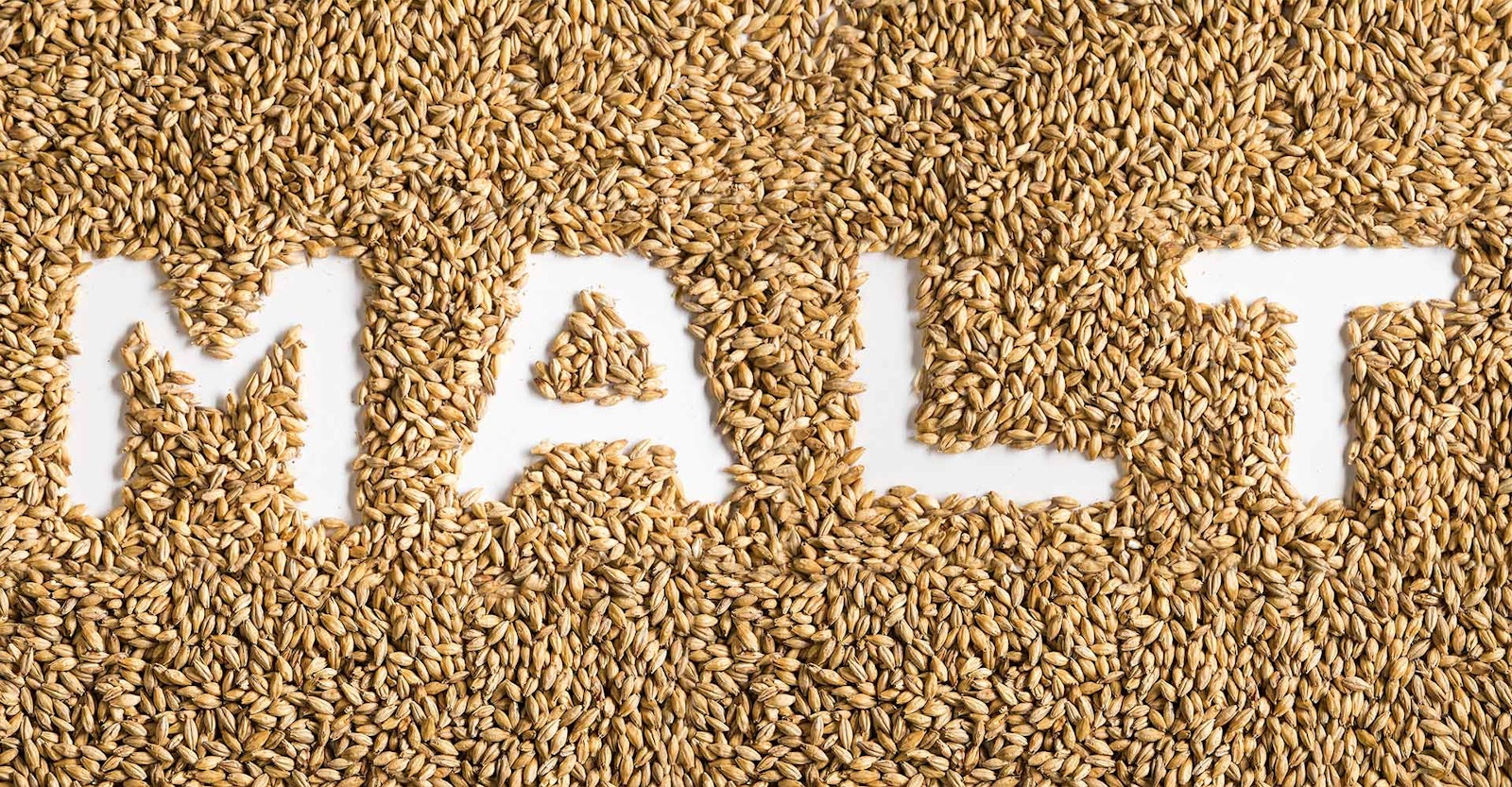Harry Harlan, an adventurous traveler and champion of plant diversity, amassed more than 5,000 barley varieties from around the world by 1950. His collection of heirloom plants from wherever barley would have been grown—including Ethiopia, where it first evolved—laid the foundation for the United States Department of Agriculture breeding program. That library might be full of potential flavors that craft maltsters could pass along to brewers, as juicy as heirloom tomatoes or as mouth-filling as heirloom corns craft distillers have discovered. So why aren’t more farmers and maltsters digging into that treasure chest? Because tomatoes and malt are not only different from each other, but different in important ways.
Good flavor is enough to make a tomato “good,” but there’s more to malt than flavor. “Malt is a functional ingredient,” says Aaron MacLeod, director at Hartwick College Center for Craft Food and Beverage in New York. “We need it to do a lot. Brewers expect a lot.”
The Brewers Association addressed what craft brewers want, in general, with a report that outlined what is needed to produce the all-malt beers that make up most of their portfolios:
- Distinctive flavors and aromas
- Lower free amino nitrogen (FAN)
- Lower total protein
- Lower diastatic power (DP)
- Lower Kolbach Index (ratio of soluble protein to total protein, or S/T)

